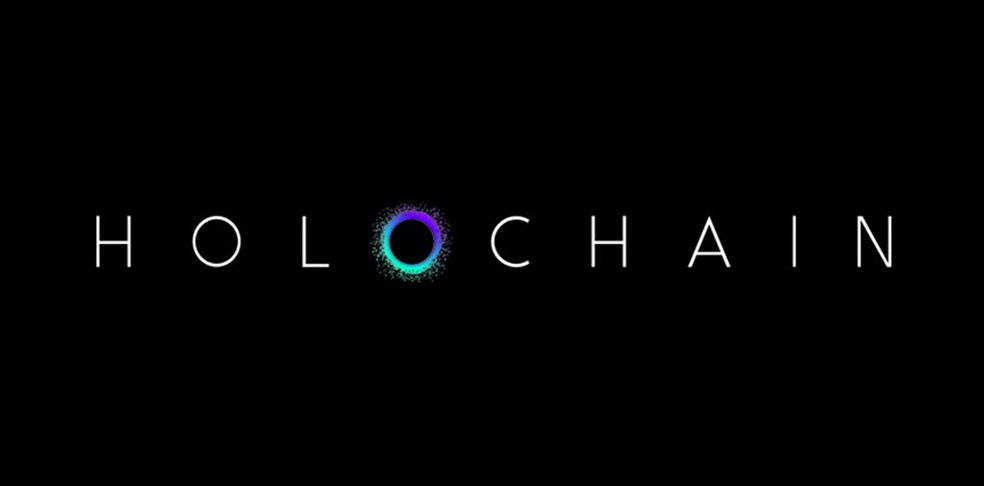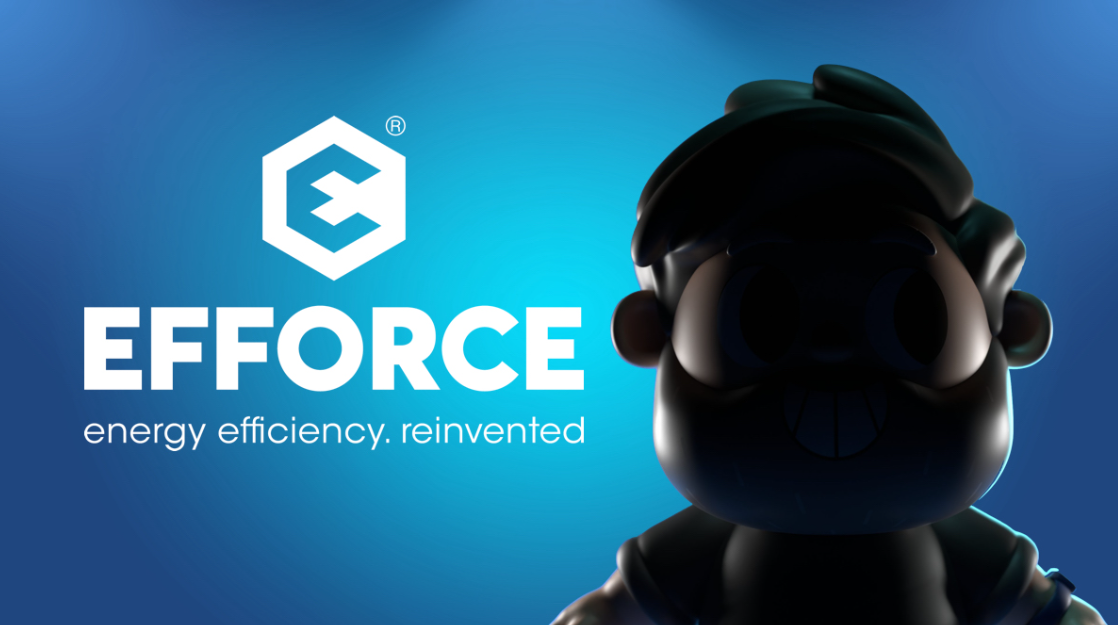What is Holochain? The blockchain ledger of Holochain features a signed hash chain and allows users to interact with other nodes. It also offers developers the ability to quickly build fully distributed peer-to-peer web applications. This article explores the many benefits of Holochain, including how to interact with other nodes and what it can do for developers.
Holochain is a blockchain ledger with a signed hash chain
Holochain is a decentralized ledger that uses cryptographic signatures and a distributed hash chain. It combines the concepts of Git and BitTorrent to make decentralized applications more secure. Each entry in the Holochain is cryptographically signed and shared with random peers for validation. This process ensures that the data is accurate and secure.
Holochain uses an open source platform to increase the number of developers and users of the protocol. Its goal is to become the primary platform for decentralized applications. It is designed to be easy to use, and users earn HOT tokens for hosting hApps. The more users using the Holochain network, the larger and more capable it will be.
Compared to conventional blockchains, Holochain is cheaper and more efficient. It is distributed, requiring only each device to maintain a small part of the ledger. The platform’s low-cost hardware and software makes it a very attractive option for distributed applications.
Holochain also uses a distributed hash table (DHT) to manage transactions. This allows it to run more rapidly than a blockchain system. It also does not require the participants of the network to sync with each other. Its distributed hash table system also makes it possible to make the Holo network more secure and efficient.
One of the main benefits of Holochain is that there is no need for mining, which reduces the costs of running the network. It is also possible for full nodes to run on low-powered computers. Further, its capacity is infinite. This means that the network can easily scale and expand as many users as there are willing to contribute to its operation.
Holochain was developed by Eric Harris-Braun and Arthur Brock, who had previous experience with AI and cryptocurrency. The two men were both engineers, and were able to combine their expertise in artificial intelligence and software development. They also worked at Chrysler and Hughes.
Unlike other blockchains, Holochain is based on a distributed hash-table. This distributed hash-table enables Holochain users to share data without mining or staking. Furthermore, it has no vulnerability to majority attacks. Because Holochain relies on multiple nodes, users can trust the code stored on each of them.
It offers users fixed money at no inflationary cost
HOT is a prized digital currency that offers users fixed money without inflation. It focuses on data transfer efficiency in order to make transactions seamless and fast. Holochain also gives participants the right to own their data. This decentralized network is gaining popularity among companies and app developers.
As of this writing, the HOT price might cross $0.0142 this year. By 2026, it is expected to hit $0.0122 USD. This is a very realistic target. As long as the price remains stable, it is likely to reach a higher value.
Unlike the conventional cryptocurrencies, Holochain offers instant payments to users and does not rely on proof-of-stake or proof-of-work. It is also highly scalable, allowing P2P web applications to operate at massive scale. It does not require centralized infrastructure and can be used in any browser. Holo Hosts can use it without installing any software. This enables it to be a bridge between the decentralized developer world and existing payment systems.
It allows interaction between nodes
A Holochain is a decentralized network of nodes where each node can interact with another. Its design supports social coherence and collaboration. This allows groups to share data and value. Unlike blockchains, which rely on centralized infrastructure, a Holochain network allows interaction between nodes.
Holochain aims to create a decentralized, open database for collaborative information. Its decentralized nature means that the database can support distributed Wikis, DNS without root servers, and fast reliable queries with a distributed PKI. It can also be used for supply chains and information management across boundaries.
As a network, Holochain relies on sharding, which means that each node saves a countersigned record of a transaction. This record is then published to the Distributed Hash Table (DHT). The system also ensures data integrity by using validation rules.
Holochain aims to tackle the data integrity challenges associated with distributed applications. A Holochain application consists of a network of nodes that maintains a unique source chain of local data and a shared space implemented as a validating monotonic sharded distributed hash table (DHT). Every node enforces validation rules on data in the shared DHT and confirms its provenance based on its associated signature.
In addition to a distributed hash table, Holochain uses agent locs. This allows each node to discover the locations of other nodes. The agent loc may be an identity, or may represent an object. In addition, Holochain may use a relaxed agent-centric distributed hash table structure.
It offers developers the opportunity to quickly create fully distributed peer-to-peer web applications
Unlike blockchain, Holochain does not require a service hosting company or cryptocurrency mining to operate. Instead, users can access data and services on multiple nodes, making Holochain transactions faster than those of blockchain. Furthermore, Holochain’s DHT is self-governed, meaning that developers do not need to worry about relying on intermediaries and service providers.
Developers can quickly and easily create scalable and distributed peer-to-peer web applications using the Holochain open source framework. Developers can leverage a set of open source libraries and preset modules, and can then develop an application in a matter of hours. They can use a graphical user interface (GUI) or RAD tools to create the applications quickly.
As Holochain uses a microtransaction system, it rewards users who share their computing capacity. It can also leverage idle processing power and storage for the benefit of other users. For example, a developer could install a small antenna in a coffee shop and relay data for friends or strangers for a fee. As the Holochain network grows, more application examples are expected to emerge.
As the platform becomes increasingly accessible, Holochain’s adoption continues to rise. A variety of new hApps are being created on the Holochain platform, with the aim of providing a more accessible alternative to traditional blockchains. Holochain is scalable, fast and energy-efficient compared to other blockchain systems. Furthermore, it offers low transaction fees and high security.
One of the biggest challenges faced in developing blockchain-based applications is scalability. As blockchain networks grow, the energy required to confirm transactions is increasing. To solve this problem, Holochain offers a solution called sharding, which partitions the distributed hash tables, reducing the load on each node.
The Holochain distributed application framework was issued a patent for its distributed hash table in March 2021. In April, the price of the Holochain cryptocurrency hit an all-time high of $0.03, which is a record for the platform. However, this price has dropped gradually to $0.004 since August 31 and is slowly recovering after December.
Holochain is a platform that allows developers to create and deploy distributed peer-to-peer web applications. Developers can share idle computing power by hosting HoloApps. This allows the developers to earn the currency known as HoloFuel from the services they provide. Holochain users can also monetize their spare storage and computational power by participating in these projects. Moreover, users have the option of choosing which hApps to host and how much they charge.



